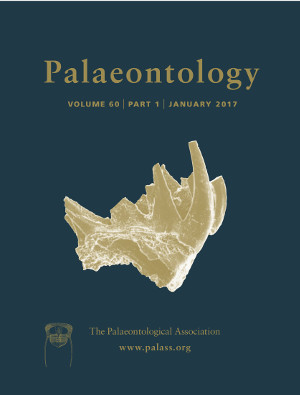Reg. Charity No. 1168330

Brilliant colour displays and diverse feather morphologies that are often sexual ornaments are common throughout much of extant Avialae. Here we describe a new basal enantiornithine bird specimen recovered from the Early Cretaceous Jiufotang Formation of Liaoning Province in northeastern China. We present new information on the plumage of Bohaiornithidae as well as the first detailed colour reconstruction of an enantiornithine bird. The new specimen retains subadult skeletal characteristics, including periosteal pitting of the long bone epiphyses and unfused elements, while also preserving plumage evidence consistent with sexual maturity at the time of death. Exceptionally‐preserved feathers cover the body, including elongate crown feathers, body contour feathers, asymmetrically‐veined wing primaries, an alula and two elongate rachis‐dominated rectrices that may have been sexual ornaments. The crown, neck, and body contour feathers retain elongate melanosome morphologies associated with weakly iridescent colouration in extant feathers. We provide additional evidence of preserved melanin using Raman spectroscopy; a rapid, non‐destructive chemical technique. The new specimen provides data on skeletal ontogeny in the Bohaiornithidae as well as evidence for intraspecific communication functions of plumage.